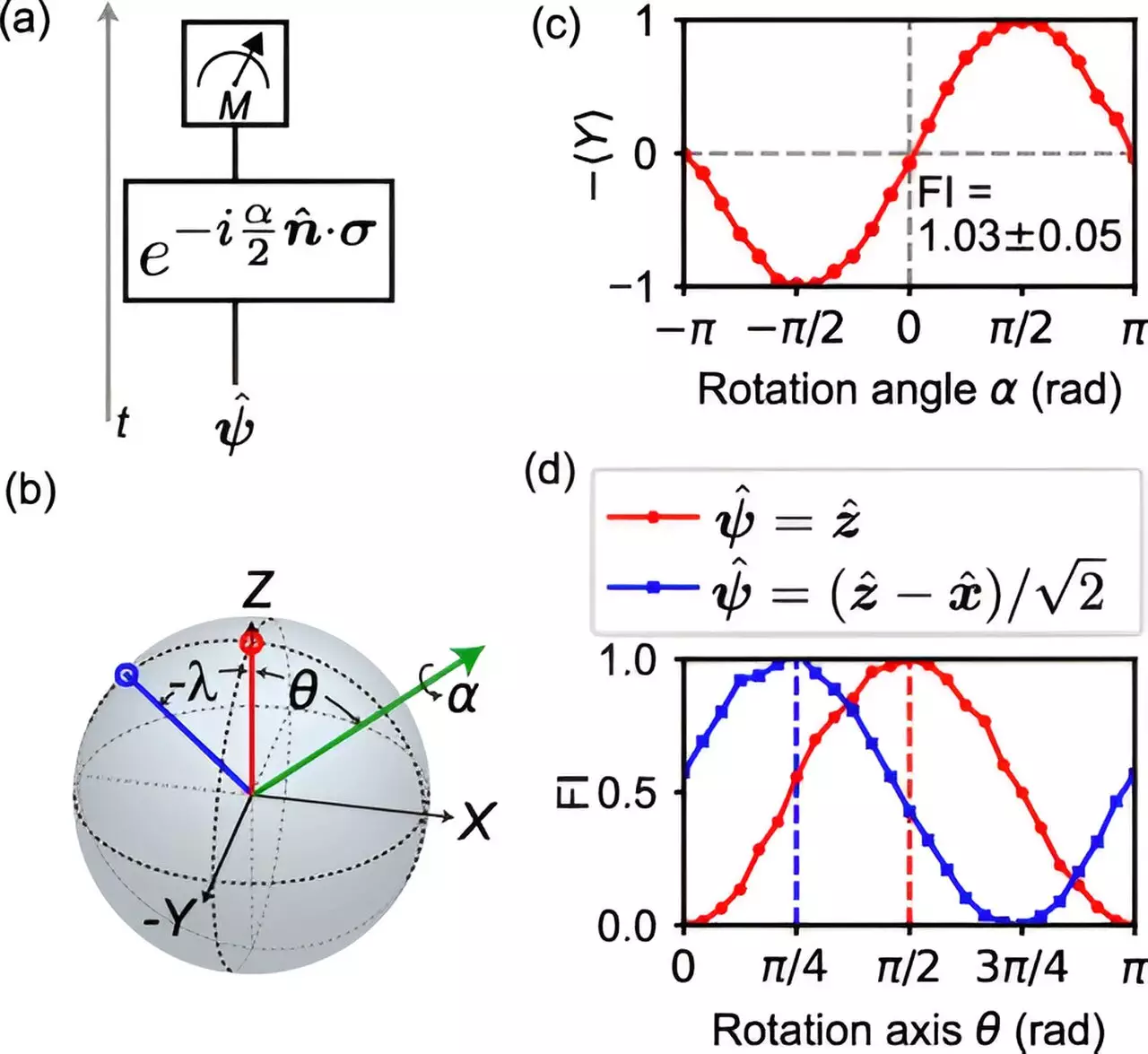The concept of traversing the corridors of time has long captured human imagination, fueling countless science fiction stories and philosophical debates. While science acknowledges that moving forward in time—such as experiencing time dilation near the speed of light—is physically plausible, traveling backward remains firmly out of reach. Yet, recent breakthroughs in quantum physics suggest that we may not need to defy cosmic rules to glimpse the past with unprecedented clarity. Instead, through innovative quantum sensing techniques, scientists are beginning to unlock a form of “hindsight” that could revolutionize how we perceive and measure the universe’s history. This shift from fantasy to plausible scientific methodology challenges our foundational understanding of causality and time, hinting at a future where the past may be more accessible than previously imagined.
Quantum Entanglement as a Time Machine
At the core of this scientific leap is the peculiar phenomenon of quantum entanglement—a deeply mystifying aspect of quantum mechanics famously dubbed “spooky action at a distance” by Einstein. Entangled particles share a connection so profound that the state of one instantly influences the state of the other, regardless of the distance separating them. Recent research takes this entanglement a step further, proposing that it can be harnessed for a form of “backward” information transfer. Instead of physically traveling through time, these quantum sensors utilize entanglement to effectively “look back” into the past events that created their correlations.
The experimental setup involves creating a pair of particles—qubits—in a singlet state, meaning their spins are opposite yet intrinsically linked. When one qubit—designated as the probe—is subjected to a magnetic field, its spin rotates in a predictable manner. Remarkably, measuring the other, non-interacted qubit (the ancillary) appears to retroactively influence the understanding of the first qubit’s state. Murch and his colleagues describe this process as “sending information back in time,” though it’s more accurately viewed as exploiting quantum correlations to infer past interactions with greater precision. This ingenious approach doesn’t violate causality but redefines our operational capacity to extract information from the fabric of the quantum world.
From Theoretical Wonder to Practical Power
While the idea of time-traveling sensors sounds like a plot from a science fiction novel, its practical implications are profound and tangible. Traditional quantum measurements—such as magnetic field detection—are limited by probabilistic failure, especially when the magnetic field’s direction is unknown. This form of uncertainty results in a one-in-three chance that the measurement yields no useful data, constraining scientific precision. However, the introduction of “hindsight”—a product of entanglement and quantum correlation—enables scientists to optimize measurement settings after the fact, based on information gleaned from the ancillary qubit. This essentially means that, through the properties of entanglement, scientists can retrospectively choose the best measurement parameters, dramatically improving accuracy.
This conceptual shift empowers a new class of quantum sensors with extraordinary capabilities. Imagine spacecraft equipped with these detectors, capable of capturing signals from cosmic phenomena as they occurred eons ago, or refining our understanding of subtle magnetic fields on Earth that influence climate and biological processes. The potential extends beyond fundamental physics, offering transformative applications across astronomy, geophysics, and even medical imaging. These sensors symbolize a leap forward—using quantum “hindsight” not just as a metaphor but as a real-world tool to peer into the universe’s past in ways previously thought impossible.
Implications for Science and Society
This pioneering research marks a paradigm shift—not just in quantum physics but in our very conception of time and information. It invites us to reconsider the boundaries of what’s scientifically feasible, suggesting that the universe’s deepest secrets may be accessible through the strange language of entangled qubits. If these concepts mature into robust technologies, the implications are staggering: we could unlock new layers of understanding about the origins of cosmic phenomena, improve the precision of navigation and detection systems, and even challenge our notions of causality. More excitingly, it positions quantum science as a powerful bridge between theoretical physics and real-world innovation—offering a tantalizing glimpse into a future where “hindsight” becomes an invaluable tool in our quest to comprehend the cosmos.

